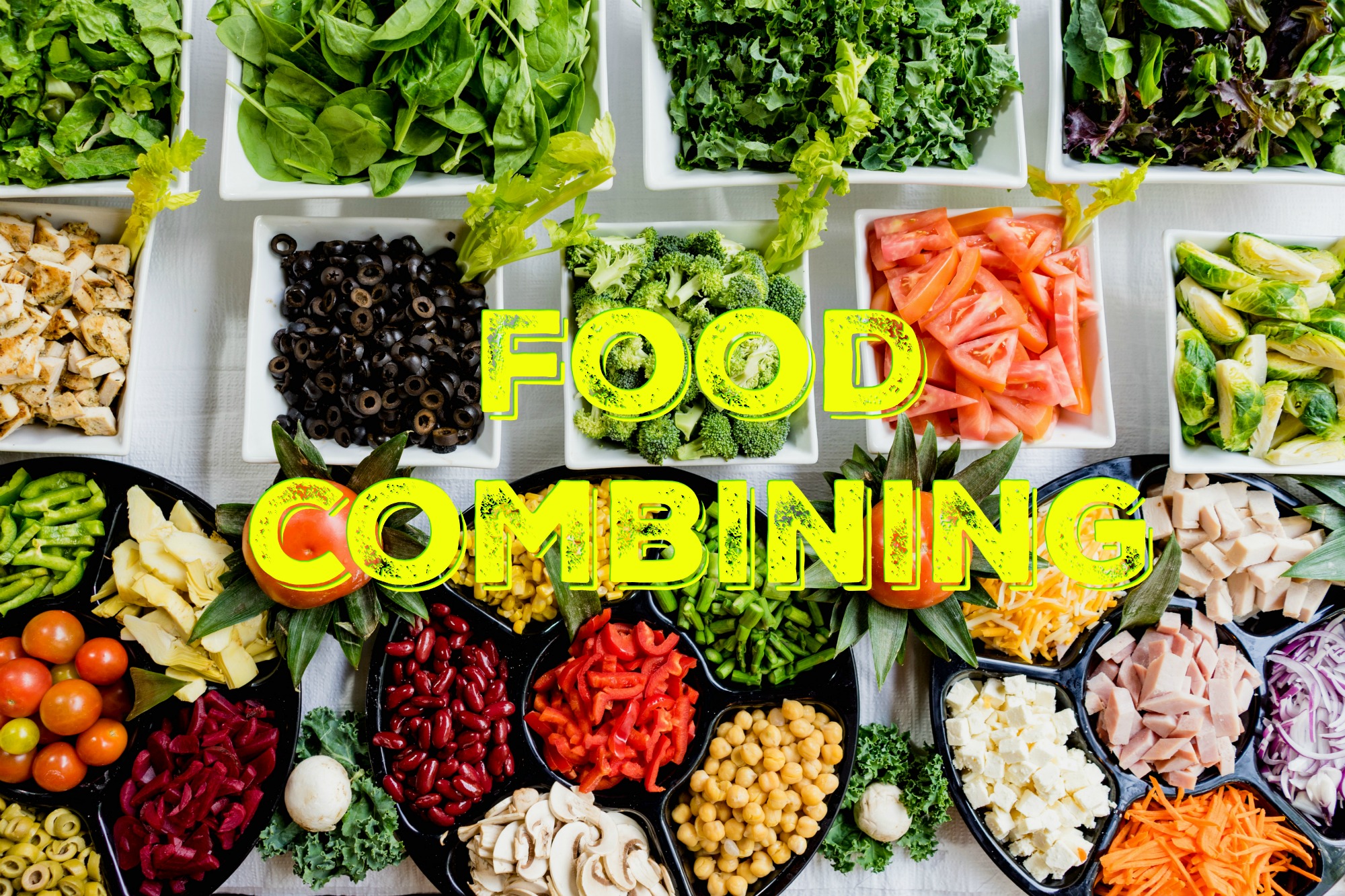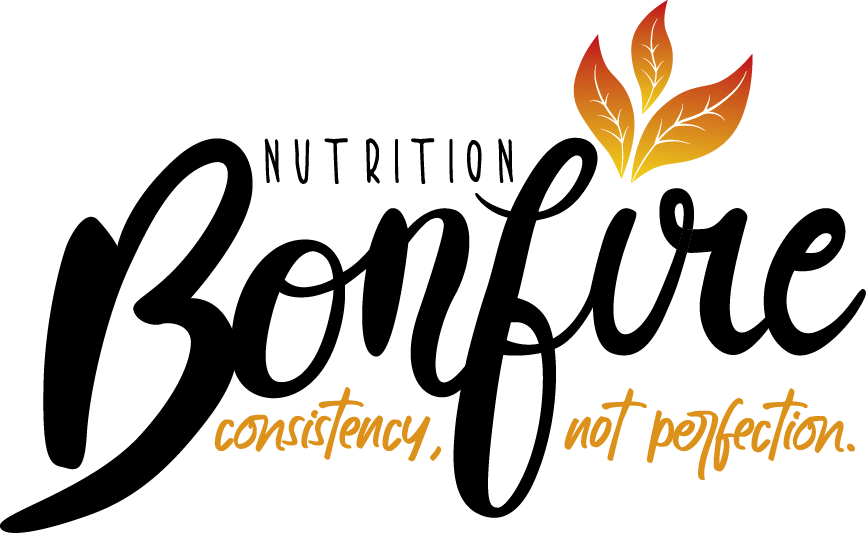Food combining: An easy way to improve your digestion

Ever wonder what would be an easy way to improve your digestion without drastically changing your lifestyle? Food combining could be your answer.
It wasn’t until my mid 20’s that I really started to pay attention to how food affected me. For the very first time in my life, I took notice of the effect of food on my body. I knew that if I indulged in a heavy meal, I was going to feel pretty tired for the rest of the day and I discovered that if I had too much wheat during the day, I would probably wake up with scaly skin and would have dandruff by the end of the week. I started to understand my body’s language.
When I decided to study Natural Nutrition, I was introduced to the Food Combining rules. This is by far the simplest yet most effective advice that I give when I am asked how to improve digestion.
Food combining is an easy and simple way to really help your digestive system to perform at its best. We put so much effort in choosing the right foods, but are we paying equal attention to our body’s capacity to digest, absorb, utilize and eliminate the foods we are eating?
Gas, bloating, acid reflux, fatigue, headaches can for the most part be traced down to poor food combining. This is a tool you can use to start reading the signals your body is giving you, to apply solutions to these issues and to start understanding your body’s own language.
Food combining is all about eating the right foods in a specific order to increase their chances of achieving better digestion. Young people are more likely to have a better digestive fire. They can eat whatever they want, whenever they want and they will probably be alright. However, as we progress in life and we become wiser about how we treat our body and how it talks to us, we become more aware that after certain meals we tend to feel bloated, gassy.
Food combining is an excellent way of eating that teaches us the following:
🔥 Fruits are eaten by themselves.
🔥 Melons are always eaten alone as this type of food digests really fast and when eaten with other foods can create fermentation yielding alcohol formation in the body.
🔥 High protein foods should be eaten first. This is mainly because protein, especially from animal sources, requires a greater amount of stomach acid, whereas starches digest easily by comparison.
🔥 Proteins and starches are not eaten together. Why? Because proteins tend to be acidic and starches tend to be alkaline. Both of these food groups require a different set of enzymes in order to be broken down into their absorbable versions of amino acids and glucose.Ideally don’t eat more than one protein per meal. It’s all about helping your digestive system, not overwhelming it.
🔥 Proteins, fats and starches combine best with greens and non-starchy vegetables.
🔥 Do not drink water with meals. This practice will avoid the weakening of your hydrochloric acid, which is vital in the digestion of proteins.
| Excellent combining |
Ok combining |
Poor combining |
| · Starch and vegetables | · Starch and Fats | · Protein and fruit |
|
· Protein and vegetables *Good combination when trying to lose weight |
· Acidic fruits and green vegetables *Preferably fruits should be eaten alone. |
· Protein and starch *Good combination when trying to gain weight |
|
· Fats and all types of vegetables |
· Legumes and brown rice | · Starch and fruit |
Samples of items found in each of the groups in the table are:
Fruit: apples, bananas, figs, raisins, prunes, and dried fruits. Best eaten alone at least 30 minutes before other foods and not for 2 hours after meals.
Acidic Fruits: apricots, lemons, limes, oranges, grapefruits, grapes, pears, peaches, strawberries, raspberries, plums.
Fats/Oils: butter, lard, ghee, olive oil, olives, coconut oil, cream
Proteins: meat, fish, beans, poultry, eggs, cheese, milk, yogurt, soy products, nuts and seeds.
Vegetables: leafy greens, artichokes, asparagus, bell peppers, broccoli, cabbage, Brussels sprouts, cauliflower, celery, chard, cucumber, eggplant, green beans, kale, mushrooms, lettuce, radishes, spinach, squash, zucchini…
Starch: rice, whole grains, potatoes, pastas, beans, lentils, quinoa
Starch free vegetables: all lettuces, asparagus, beet greens, broccoli, cauliflower, celery, collards, cucumbers, dandelion greens, eggplant, kale, leeks, radishes, spinach, Swiss chard, tomatoes….
Simple carbohydrates: All types of sugars, some juices, processed and refined grains. Always best to avoid this category.
Do you have to eat like this all the time?
My mantra is consistency, not perfection. I think that food combining makes a lot of sense at all times, but specifically when working. Most of us know the feeling of eating and shortly after feeling as though we need a siesta. Wouldn’t that be lovely?
If you are looking to keep up with your healthy choices consider the food combining rules. If you are becoming familiar with healthy eating, this is one of the most important pillars.
